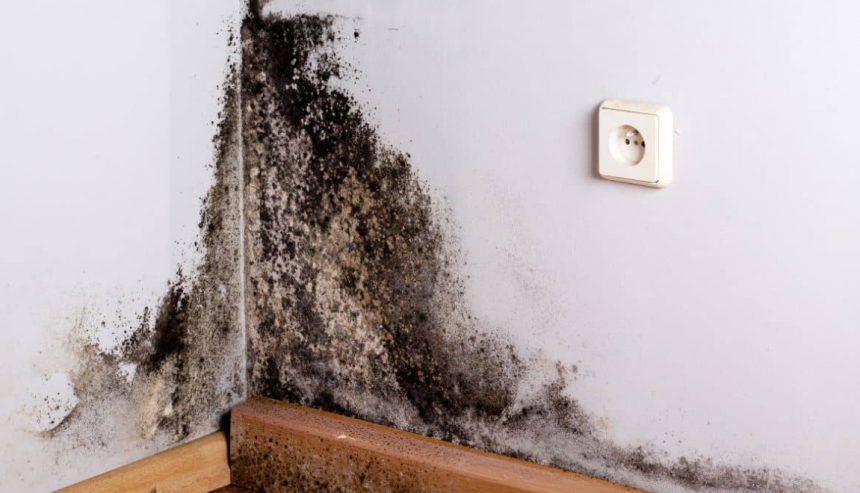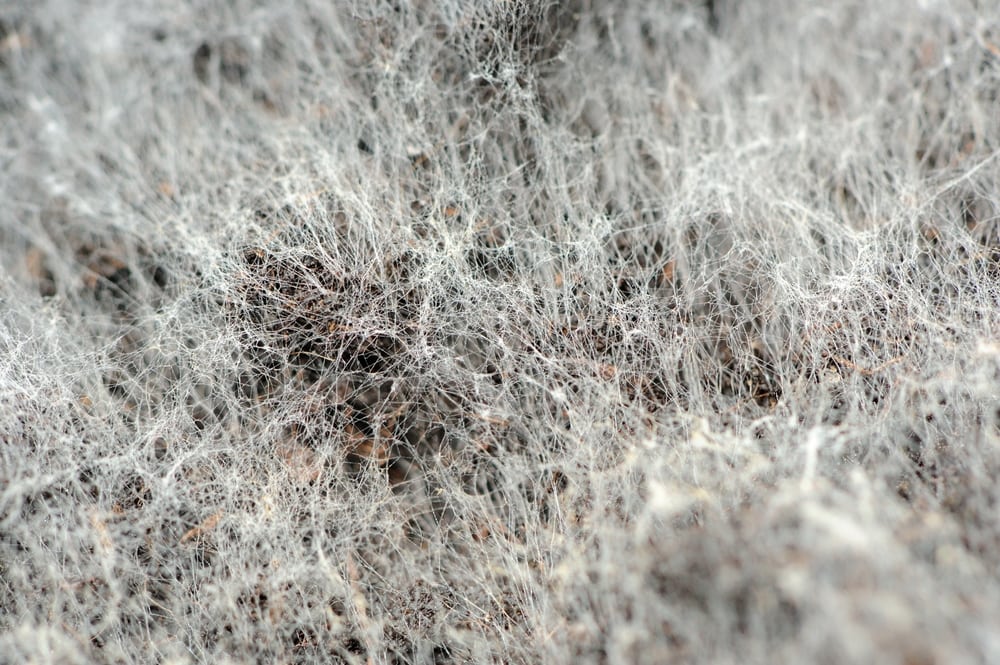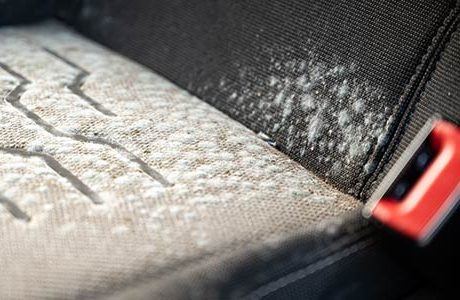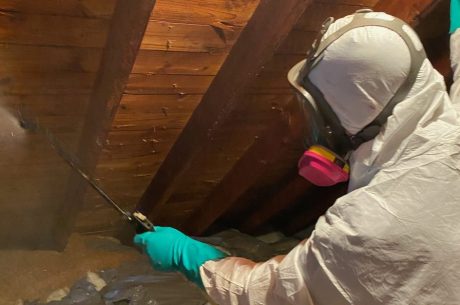What Kills Mold Permanently?
Dealing with mold in your home can be a frustrating and persistent problem. Whether it’s creeping up on your wooden furniture, infiltrating your walls, or lurking in the damp corners of your basement, mold not only poses health risks but can also cause significant damage to your property. Finding a permanent solution to eradicate mold is essential to maintain a healthy living environment and preserve the integrity of your home.
But what truly kills mold permanently? In this post, we’ll delve into the most effective methods and treatments for banishing mold for good, ensuring your living spaces remain clean, safe, and mold-free. From natural remedies to industrial-strength solutions, we’ll explore the best ways to combat and prevent mold infestations, helping you reclaim your home from this persistent invader.
What causes mold?
Mold growth is primarily caused by the presence of moisture, which can come from leaks in roofs, walls, or plumbing, as well as from flooding and condensation. High humidity levels, particularly those above 60%, also create an ideal environment for mold spores to thrive. Poorly ventilated areas such as bathrooms and kitchens are especially susceptible to mold due to the constant presence of moisture. Additionally, warm temperatures further facilitate mold growth, making it crucial to control both humidity and moisture levels in living spaces to prevent mold infestations.
For Mold Removal Service in New Jersey, Call (877) 750-7876
What Kills Mold Permanently on Wood?
To kill mold permanently on wood, it’s essential to remove the mold spores and address the underlying moisture issue. Start by cleaning the affected area with a mixture of detergent and water to remove surface mold. After cleaning, apply a solution of white vinegar or a commercial mold remover designed for wood surfaces. Vinegar is particularly effective as it penetrates the wood and kills mold at its roots. Ensure the wood is thoroughly dried after treatment, and use a dehumidifier to maintain low humidity levels, preventing future mold growth.
What Kills Mold Permanently in a House?
Killing mold permanently in a house requires a comprehensive approach. First, identify and fix any sources of moisture, such as leaks or high humidity. Clean visible mold with a mixture of detergent and water, followed by the application of mold-killing agents like vinegar, hydrogen peroxide, or commercial fungicides. After cleaning, ensure all surfaces are dry and consider using a dehumidifier to control indoor humidity. Regular inspections and maintaining proper ventilation are key to preventing mold from returning.
What Kills Black Mold Permanently?
Black mold, or Stachybotrys chartarum, can be particularly stubborn and hazardous. To kill black mold permanently, use a strong fungicide or a mixture of bleach and water (1 cup of bleach to 1 gallon of water). Apply the solution to the affected area and let it sit for at least 15 minutes before scrubbing and rinsing. Ensure thorough drying afterward. It’s crucial to fix any moisture problems and maintain low humidity levels to prevent black mold from returning. Professional remediation may be necessary for extensive infestations.
What Kills Mold Permanently in Walls?
Killing mold permanently in walls involves treating both the surface and the underlying structure. For surface mold, scrub the walls with a detergent solution and rinse. Apply a mold-killing solution such as vinegar, hydrogen peroxide, or a commercial mold remover. If mold has penetrated the drywall, it may need to be replaced. Address any moisture issues behind the walls, such as leaks or poor insulation, to prevent recurrence. Using mold-resistant paint can also help in keeping mold at bay.
Does Hydrogen Peroxide Kill Mold Permanently?
Hydrogen peroxide is an effective mold killer that works by breaking down the mold’s structure and eliminating its spores. To use hydrogen peroxide, apply a 3% concentration directly to the moldy area and let it sit for 10-15 minutes. Scrub the area and rinse thoroughly. While hydrogen peroxide can kill mold permanently on the treated surface, addressing underlying moisture problems is crucial to prevent mold from coming back.
What Kills Mold Spores?
Mold spores can be killed using various fungicides, bleach solutions, or natural remedies like vinegar and hydrogen peroxide. To effectively kill mold spores, clean surfaces thoroughly with these agents and ensure they penetrate into porous materials where spores might be hiding. Air purifiers with HEPA filters can help remove airborne mold spores, while maintaining low humidity levels and good ventilation can prevent spores from settling and growing.
Is It Safe to Clean Black Mold Yourself?
Cleaning black mold yourself can be safe for small, localized infestations, provided you take appropriate precautions. Wear protective gear, including gloves, goggles, and an N95 respirator mask, to avoid inhaling mold spores. Use effective mold-killing solutions like bleach or commercial fungicides and ensure thorough cleaning and drying of the affected area. For extensive infestations or if you have health concerns such as respiratory issues, it’s best to hire professional mold remediation services to ensure safety and thoroughness.
What do professionals use to kill mold?
Professionals use a combination of advanced techniques and specialized products to effectively kill mold and prevent its return.
Here are the primary tools and methods employed by mold remediation experts:
Antimicrobial Cleaners and Fungicides: Professionals use powerful antimicrobial and fungicidal solutions specifically designed to kill mold and mold spores on contact. These products are often more potent than over-the-counter solutions, ensuring thorough eradication.
HEPA Vacuums: High-Efficiency Particulate Air (HEPA) vacuums are used to remove mold spores from surfaces and the air. HEPA filters can trap particles as small as mold spores, preventing them from becoming airborne and spreading to other areas.
Encapsulants: After cleaning and treating the mold, professionals may apply encapsulants to affected surfaces. Encapsulants are sealants that trap any remaining mold spores, preventing them from becoming airborne and halting further mold growth.
Biocides: Biocides are chemical agents that destroy living organisms, including mold. They are applied to contaminated areas to ensure that all mold is killed and that the environment is inhospitable to future growth.
Moisture Meters and Hygrometers: To prevent mold from returning, professionals use moisture meters and hygrometers to measure the moisture content in building materials and the air. This helps in identifying and addressing hidden moisture sources.
Negative Air Machines: These machines create a negative pressure environment to contain mold spores within a specific area. This prevents the spread of mold spores to other parts of the building during the remediation process.
Dehumidifiers: High-capacity dehumidifiers are used to reduce and control humidity levels, creating an environment that is less conducive to mold growth. Professionals often use industrial-grade dehumidifiers for maximum efficiency.
Personal Protective Equipment (PPE): To ensure safety, professionals wear protective gear, including respirators, gloves, and protective clothing, to prevent exposure to mold spores during the remediation process.
Dry Ice Blasting: This method involves blasting mold-affected surfaces with dry ice pellets. The dry ice not only removes the mold but also kills the spores due to the extreme cold. This method is particularly useful for cleaning mold from wood and other porous surfaces.
Thermal Fogging: This technique disperses a fine mist of antimicrobial chemicals throughout the affected area, penetrating hard-to-reach spaces and killing mold spores in the air and on surfaces.
By employing these advanced methods and products, professionals ensure that mold is thoroughly eradicated, and the risk of recurrence is minimized. This comprehensive approach is often necessary for severe or widespread mold infestations, ensuring a safe and healthy living environment.
Call Us for Expert Mold Removal in New Jersey – (877) 750-7876
Living in a mold-infested home can be a nightmare. Fortunately, PuroClean Emergency Recovery Services New Jersey is here to help. With years of experience and a team of skilled professionals, we have the expertise you need to eliminate and prevent mold in your home and give you a fresh start. From identifying the cause to implementing effective remediation strategies, our team has the knowledge and tools to make your home mold-free. Don’t put off your mold concerns any longer. Get in touch with us today at (877) 750-7876 for mold remediation service in New Jersey.




 PuroClean Emergency Recovery Services
PuroClean Emergency Recovery Services